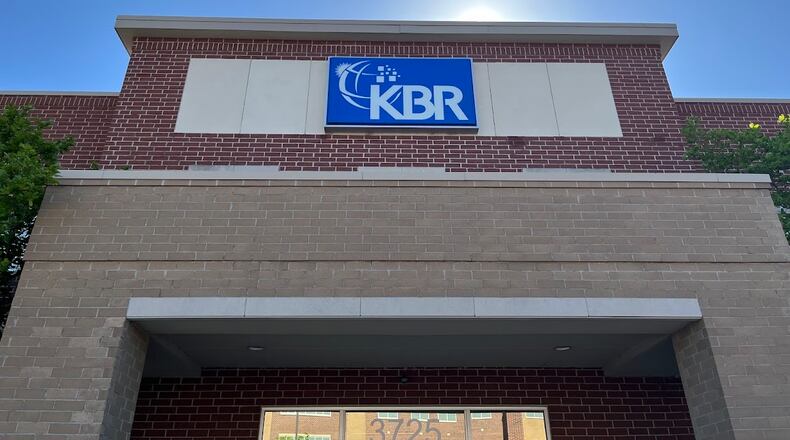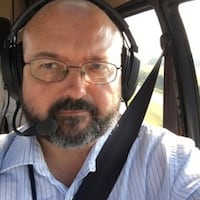The lab will be where the company will help Wright-Patterson Air Force Base leaders plan, design and test an array of systems for Air Force and military customers — planes and weapons, primarily. But digital engineering can be used to design even buildings and factories.
Digital engineering is increasingly the Department of Defense’s way of approaching the future, and it is expected that contractors will be on board.
One innovation tied to such engineering is the creation of prototype digital “twins” — virtual objects that match the expected specifications and behavior of physical objects, helping Air Force decision-makers get a grip not only on war-time tactics but on predictive maintenance and other questions.
The hope is to attain not only a glimpse of a design’s likely shortcomings, but achieve quicker design times and the ability to develop software even as hardware is being fabricated.
“These things can happen simultaneously,” said Greg Best, KBR’s digital engineering functional lead. “The stakeholders are still involved in the process because they see the same data.”
Best showed off KBR’s “Game” simulation design tool, showing how aircraft, propulsion and human factors engineers can work together on an evolving autonomous airplane design, “testing” it even before the plane itself is fabricated.
Gesturing at multiple monitors in the company’s new lab, Best showed how the aircraft design can be threaded into simulated military missions — or real-time air traffic.
“You can see we failed one (test of performance), which is part of the process,” he said. “The team goes back; we can fix the design on the fly.”
Two decades ago, it might have taken months to glean the kind of data Best was showing in a few moments.
If KBR sounds familiar, there are good reasons. The company has (or will have) locations on Pentagon Boulevard, Col. Glenn Highway, Indian Ripple Road and elsewhere. It is investing $2.5 million into its Pentagon Boulevard location.
The company made headlines last year when it acquired LinQuest Corp., a $737 million move. LinQuest for a time had a growing Dayton presence.
In total, KBR has about 38,000 employees working with customers in 80 countries.
“We’re committed to this area,” said Reggie Hamilton, KBR vice president leading the company’s Air Force programs division, and himself an Air Force veteran and former Wright-Patterson employee.
KBR is based in Houston and is publicly traded (NYSE: KBR). Its shares have a 52-week range of $43.89 to $72.60.
KBR Dayton-area digital engineering customers
Air Force Future Tanker program.
B-52 simulator program team.
Air Force T-7 Trainer program team.
F-35 Joint Program Office.
Air Force Research Laboratory Remote Sentry program.
Source: KBR.
About the Author



